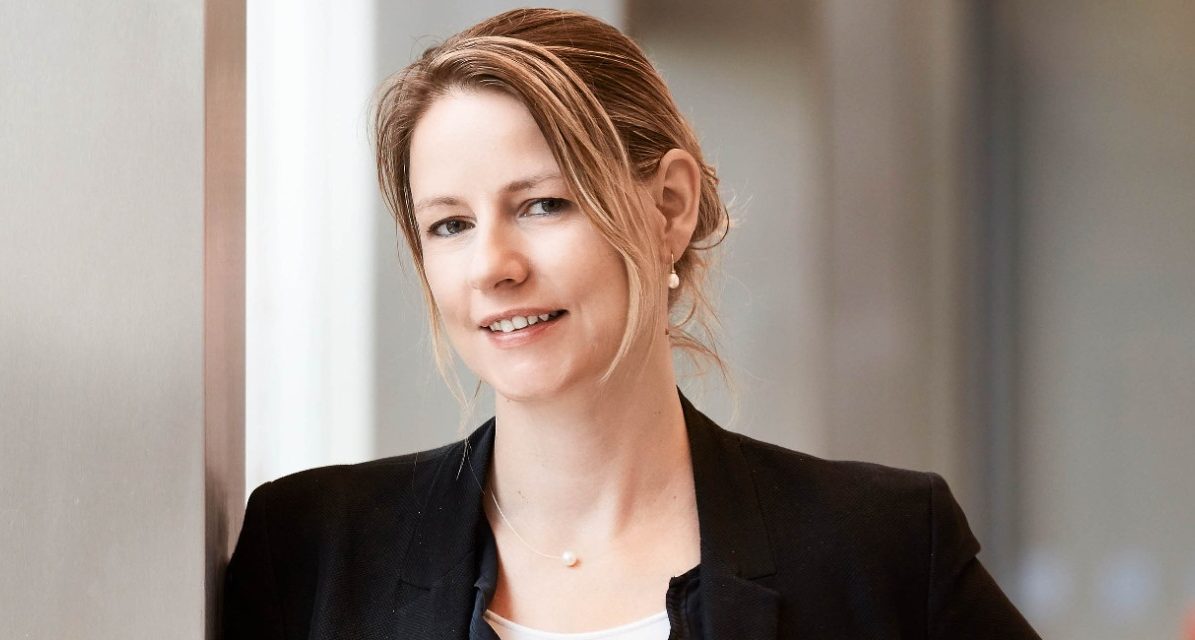Thanks to the unique capabilities of fMRI scanners, scientists claim to have found new evidence of how parts of our brain attempt to ‘trick’ us into thinking a higher price tag means better wine.
Dr. Hilke Plassmann is a professor at the international business school INSEAD, she studies marketing by collaborating with neuroscientists to learn how the human brain decides which products to buy. One of her study, published in PNAS in 2008, hypothesizes that changes in the price of a product can influence neural computations associated with experienced pleasantness. This hypothesis is based on previous findings showing that affective expectations influence appraisals made about hedonic experiences and, through this, the actual quality of experiences.
In order to test this hypothesis, Pr. Plassmann and colleagues asked 20 people to taste wine samples while lying in an MRI scanner for about 60 minutes. Participants were given one millimeter of wine at a time through tubes going directly into their mouths.
Subjects were told they were sampling five different Cabernet Sauvignons, that the purpose of the experiment was to study the effect of degustation time on perceived flavors, and that the different wines would be identified by their retail prices. Unbeknown to the subjects, the critical manipulation was that there were only three different wines, and two of them (wines 1 and 2) were administered twice, one identified at a high price and one at a low price. For example, wine 2 was presented half of the time at $90, its retail price, and half of the time at $10.

The results described in the article confirm the authors’ hypothesis. Indeed, an increase in the perceived price of a wine will, through an increase in taste expectations, increase the activity of the mOFC.
To sum up, results focused on two parts of the brain, in particular. One was the medial pre-frontal cortex, which appeared to compute price into expectation and thus influence evaluation of the wine. The other was the ventral striatum, which operated a sort of reward and motivation system. This brain’s area is activated more significantly with higher prices and allow to increase satisfaction during the taste experience.
This suggests that a cognitive factor such as price visualization, which has nothing to do with the actual perception of taste, may affect the consumer’s perception of pleasure.
Reference: Plassmann, Hilke & O’Doherty, John & Shiv, Baba & Rangel, Antonio. (2008). Marketing Actions Can Modulate Neural Representations of Experienced Pleasantness. 105. 1050-4.

